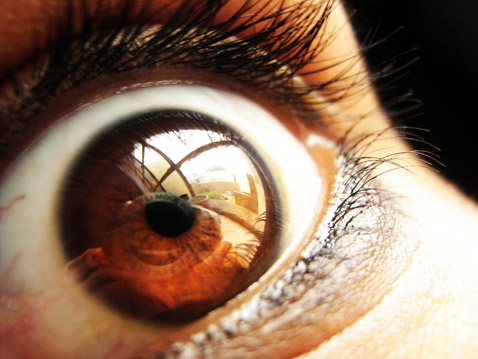
Posted on: Wednesday, 2 March 2011, 20:13 CST
A full exam and patient history are vital to effectively diagnosing juvenile arthritis
While lab tests and imaging can sometimes help diagnose juvenile idiopathic arthritis (JIA), a physical examination and thorough patient history are the most valuable tools in identifying this disease. According to a new literature review from the Journal of the American Academy of Orthopaedic Surgeons (JAAOS), the rate of false positives in laboratory evaluations and imaging studies meant to screen for juvenile arthritis makes their value limited.
Juvenile idiopathic arthritis (formerly known as juvenile rheumatoid arthritis) is an autoimmune disease that affects nearly 300,000 children in the United States under the age of 18. the cause is not known, and it does not appear to be genetic, although some family members may suffer from other autoimmune disorders. Symptoms may include:
* joint stiffness in the morning that improves later in the day;
* pain, swelling, and tenderness in the joints;
limping or limits in range of motion;
* high fever and light rash;
* weight loss;
* fatigue or irritability; and/or
* red eyes or blurred vision.
Depending on the type of JIA, these symptoms can vary quite a bit. In fact, some young patients may not suffer any of these symptoms, but have a swollen joint that is discovered after another incident such as an injury.
“To establish a diagnosis of juvenile idiopathic arthritis is a matter of pattern recognition,” says Marilynn Punaro, MD, a pediatric rheumatologist at Texas Scottish Rite Hospital for Children and University of Texas Southwestern Medical Center, Dallas, TX, and the author of this review. “Also, there is no lab test that can conclusively diagnose rheumatic disease—you have to rule out other common diagnoses. that is why a full physical exam is important, as well as a detailed patient history that will reveal other symptoms. if the patient has one swollen joint, the other joints should be examined because the diagnoses could be very different based on what is found in that exam.”
Review details and findings:
* if JIA is suspected, the orthopaedic surgeon should conduct an assessment of all peripheral joints, not just the joint or joints about which the patient is complaining.
* Exquisitely painful, tender, or red joints are not typically diagnostic for JIA.
* Oligoarticular JIA (where just a few joints are affected) is the most common type of JIA, affecting 60 percent of children with this disorder. the onset of this type of arthritis is usually between the ages of 1 and 3.
* Treatment of juvenile arthritis is designed to reduce swelling, maintain full movement of affected joints, and relieve pain, and includes medications and physical therapy. Surgery may be indicated in rare cases. some JIA patients’ disease can go into remission.
* Recent clinical trials are showing that with new drug treatments, remission will soon be a realistic goal for most patients.
“It is important to try and diagnose JIA early so treatment can begin,” Punaro says. “If left untreated for months or years, there is a likelihood of long-term disability, growth problems or deformity. the disease can cause joint damage that is irreversible. the good news, though, is that when we do diagnose JIA, we have many excellent treatments available.”
On the Net:
- AAOS
- Journal of the American Academy of Orthopaedic Surgeons
More News in this Category